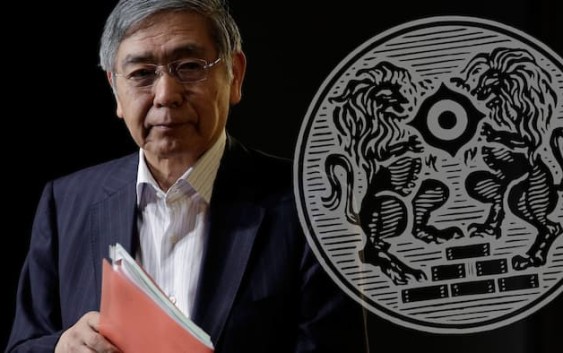FT – Nov 16, 2016 – At the end of last week, the Reserve Bank of New Zealand cut interest rates. It could yet prove the last central bank to do so in the current cycle.
For an inkling of why, look no further than the US government bond market. Treasuries are enduring their worst sell-off since the taper tantrum of 2013, when then Federal Reserve chairman Ben Bernanke first signalled the end of quantitative easing.
Investors and politicians have for the past couple of years questioned the merits of ultra-easy money. The election this month of Donald Trump as US president, and his pledge to generate faster economic growth through tax cuts and infrastructure spending, is bringing what many believe is a turning point for the bond market.
This raises two questions. First, will rising rates prove be a good thing, or will they climb too far and threaten financial stability? Second, will any fiscal stimulus spark enough multiplier effects to put growth on a much stronger trajectory?
Either way, the end of quantitative easing is long overdue. Unconventional monetary policies has created bubbles by sending the price of virtually all financial assets to unsustainable levels. They have encouraged corporate boards to use cheap money for financial engineering, such as share buybacks, rather than create jobs or invest in capital equipment.
Moreover, they have contributed to growing wealth inequality, benefiting the top 1 per cent of taxpayers most. Anthony Scaramucci, a fund manager and a member of Mr Trump’s economic advisory council, noted in the FT a few days ago that “easy money policies have exacerbated the income divide”.
Barring a disaster over the next month, the Fed will have a hard time keeping rates on hold at the policymakers’ December meeting. Markets have, at last, abandoned their game of chicken with the US central bank. Instead of swooning in the run-up to Fed deliberations, they’ve switched to a bet on growth and fiscal stimulus. That, in turn, means the correlated move of stocks and bonds — in which both rallied — is history.
Indeed, the 10-year Treasury yield will soon reach 3 per cent, according to BNP Paribas in a piece of research called “Making Yields Great Again”. Bank of Merrill Lynch analysts now predict that future high flyers will be the companies that benefit from fiscal stimulus, while the victims will be those that did best in a zero interest world. Moreover, fiscal spending is likely to give rise to inflation, which is why inflation-protected Treasuries, or TIPS, have just recorded their biggest inflows ever, Merrill adds.
On the other side of the Pacific, it is now unlikely the Bank of Japan will venture deeper into negative territory any time soon — an acknowledgment that neither politicians or investors are happy with its policy of negative rates. “We changed our BoJ call and no longer expect more easing,” Masamichi Adachi, an economist with JPMorgan in Tokyo, noted this month. “We think the BoJ will stay on hold for the foreseeable future.”
It is clear Japan’s current monetary policy isn’t working. Economic growth is likely to be about 0.6 per cent this year, and wage growth remains poor. Even in terms of its own goals (ie. BoJ governor Haruhiko Kuroda’s obsession with inflation), the BoJ is falling far short of its targets. Japanese officials concede that their desired 2 per cent level for inflation is unlikely to be realised by the time Mr Kuroda’s term ends in early 2018.
“The limits of monetary policy have become increasingly clear in Japan,” according to the Institute of International Finance. It “is showing concern that negative rates and a flat yield curve are damaging bank profits and undermining financial stability. The BoJ doesn’t seem to have much left in its backpack.”
If yields aren’t moving up in Japan, it is because the BoJ has vowed to use its balance sheet to do whatever it takes to keep 10-year rates at zero. Officials are confident that they can do so, whatever happens in the rest of the world.
Maybe. But it is possible that Trump changes things, and the BoJ loses control of rates. That prospect may prove even more frightening than when central bank policies ruled the world.

